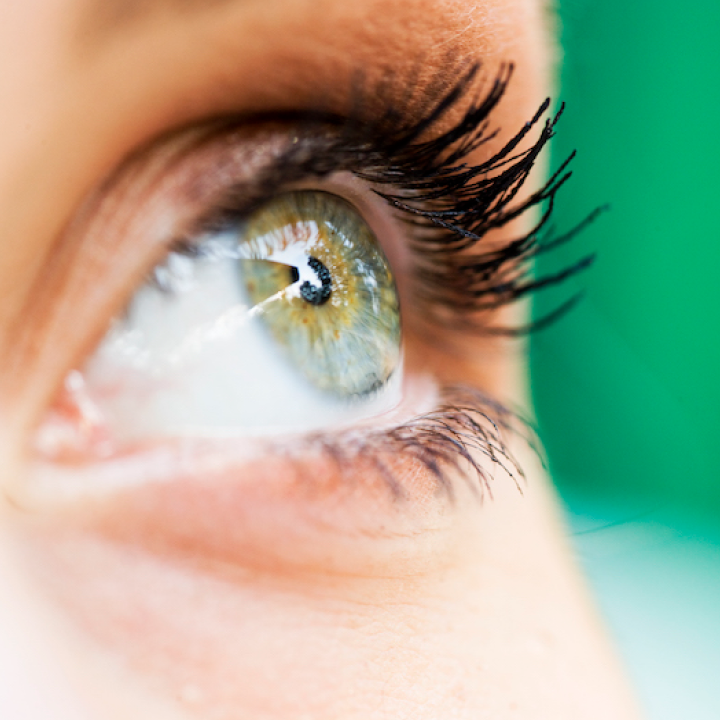What Causes Dry Eye?
A variety of factors can combine to contribute to Dry Eye. Some factors that can cause symptoms of dry eye are related to lifestyle, environment, surgery or certain medications, but also age related factors, like menopause. If you have any of the risk factors below and think you may have Dry Eye symptoms, talk with your doctor.
Meibomian Gland Dysfunction (MGD)
Meibomian gland dysfunction is a common eye condition that some people may not have heard of. Simply put, it is a blockage of the glands lining your eyelids that help make the oil layer of your tears.

Computer Vision Syndrome
Too much screen time can lead to eye and vision related problems like blurry vision, headaches and even neck pain. This condition is known as computer vision syndrome (or digital eye strain). When you stare at a screen you often blink less, so there may not be enough lubrication across the eyes. Contact lens wearers can experience computer vision syndrome too.

Sjögren's Syndrome
Sjögren's (“SHOW-grins”) Syndrome is a chronic autoimmune disease which occurs when the body’s white blood cells mistakenly attack moisture producing glands, such as those that make tears and saliva. This can cause a significant reduction in the quantity of the moisture these glands produce. Talk to your doctor if you think you have Sjögren's Syndrome and are experiencing Dry Eye, dry mouth, joint pain or fatigue.

ALWAYS READ THE LABEL AND FOLLOW THE DIRECTIONS FOR USE.
All content on this website is for informational purposes only, always talk to your health professional regarding your eye health or medical conditions.
1. MayoClinic - Dry Eyes. Available at: https://www.mayoclinic.org/diseases-conditions/dry-eyes/symptoms-causes/syc-20371863
2. Better Health Channel - Dry eye. Available at: https://www.betterhealth.vic.gov.au/health/conditionsandtreatments/dry-eye#symptoms-of-dry-eye
3. Stapleton F et al. TFOS DEWS II Epidemiology Report. The Ocular Surface 2017; 15(3): 334-368
4. Vision Center - Meibomian Gland Dysfunction (MGD). Available at: https://www.visioncenter.org/conditions/mgd/
5. American Optometric Association - Computer vision syndrome. Available at: https://www.aoa.org/healthy-eyes/eye-and-vision-conditions/computer-vision-syndrome?sso=y
6. Portello J et al. Blink Rate, Incomplete Blinks and Computer Vision Syndrome. Optom Vis Sci 2013; 90(5):482-487.
7. Tauste A et al. Effect of contact lens use on Computer Vision Syndrome. Ophthalmic Physiol Opt 2016;36(2): 112-119
8. Akpek E.K. et al, Sjögren’s Syndrome: More Than Just Dry Eye, Cornea. 2019 May; 38(5): 658–661
9. Better Health Channel - Eye Tests. Available at: https://www.betterhealth.vic.gov.au/health/conditionsandtreatments/eye-tests#bhc-content
